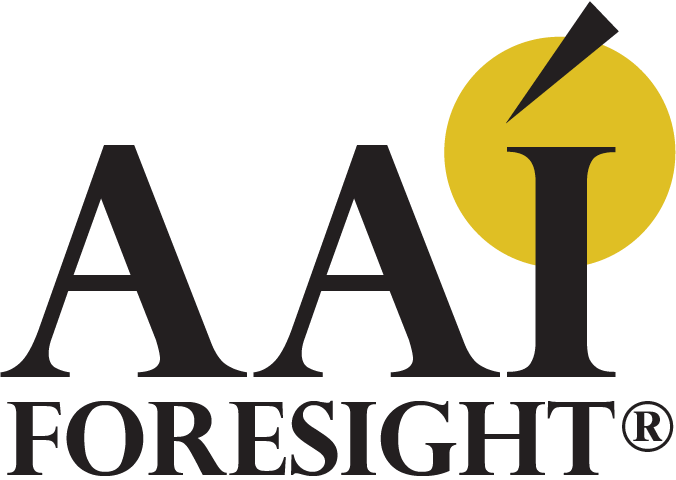Hot Topic: Art and AI
So far, artificial intelligence has helped finish Schubert’s “Unfinished” Symphony No. 8 and create a brand new painting by Rembrandt, who died three and a half centuries ago.
Now, an AI-assisted painting has won first prize at a state fair, raising questions about art and creativity and the relationship between humans and machines. Is AI just another tool to advance human expression? And are AI creations truly “art”?
As long as humans are involved in the creation of these paintings and musical scores, and the output is judged to have artistic merit, we can call it art. But we can also call it “deep fakes” and copyright violation gone amok, critics suggest. The use of AI in the art world is one of the issues UNESCO examined in its recent report on AI and ethics.
“Creativity, understood as the capacity to produce new and original content through imagination or invention, plays a central role in open, inclusive and pluralistic societies,” UNESCO states. “We need to develop new frameworks to differentiate piracy and plagiarism from originality and creativity, and to recognize the value of human creative work in our interactions with AI.”
Read “The Art of AI” by Cindy Wagner, Foresight Signals blog (September 23, 2022).
Religion in America
A decades-long trend in the numbers of U.S. Christians leaving the church is accelerating, according to the Pew Research Center. If the trend continues, Christians could make up less than half the U.S. population by 2070, down from 64% in 2020.
In addition to demographic variables, Pew’s scenarios projected different potential rates of religion-switching. While the proportion of Christians shrank in all of the scenarios, the proportion of Americans expressing no religious affiliation (atheist, agnostic, or “nothing in particular”) increased, from about 30% currently. In one scenario, the “nones” could represent 52% of Americans by 2070.
The non-Christian population is likely to double, to 12%–13% of the population, based on migration patterns, which the study’s model held consistent across all its scenarios.
Noting that its study did not focus on root causes of religion-switching, Pew observes that the decline of Christianity and rise of “nones” may have far-reaching consequences to society.
“Of course, it is possible that events outside the study’s model—such as war, economic depression, climate crisis, changing immigration patterns or religious innovations—could reverse current religious switching trends, leading to a revival of Christianity in the United States,” Pew states. “But there are no current switching patterns in the U.S. that can be factored into the mathematical models to project such a result.”
Read “Projecting U.S. religious groups’ population shares by 2070” Pew Research Center (September 13, 2022).
Collaborations and Initiatives
- The Copenhagen Institute for Futures Studies and Aarhus University have launched a UNESCO Chair in Anticipatory Leadership and Futures Capabilities to “address the societal and global challenges of tomorrow and foster a culture of future-thinking in support of responsible leadership and development, in Denmark and beyond.” [Learn more]
- International sustainability nonprofit Forum for the Future has partnered with health-care companies Bupa, Haleon, Reckitt, and Walgreens Boots Alliance to establish a Climate and Health Coalition. The coalition aims “to mobilise and equip the private sector to accelerate the integrated transformation of health and climate systems, delivering benefits for both people and planet.” [Learn more]
Moves in the Field: DMS Academy
DMS International has appointed Victor V. Motti as executive director of its DMS Academy, an initiative to provide public leaders learning opportunities in futures literacy, governance foresight, global foresight, and sector foresight. Motti is also executive director of World Futures Studies Federation and managing editor of the European Journal of Futures Research, among other endeavors.
DMS Academy has also named Christopher Jones to its faculty, a roster featuring prominent futures practitioners and scholars. Jones is also on the faculty of Public Policy and Administration at Walden University and serves as senior fellow of the Centre for Postnormal Policy and Futures Studies.
New Publications and Resources
- Advanced Introduction to Scenario Planning by Paul J. H. Schoemaker, Elgar (2022). Schoemaker, leadership and strategic foresight scholar at the University of Pennsylvania, blends rigorous theory and timely case studies and experiences to analyze scenario-planning methodologies.
- Emerging Epistemologies: The Changing Fabric of Knowledge in Postnormal Times, edited by Ziauddin Sardar, International Institute of Islamic Thought (2022). Essays address the ways in which such phenomena as “Big Data,” AI, and fake news have rapidly complicated and altered our notions about knowledge.
- Standards of Futures Research: Guidelines for Practice and Evaluation, edited by Lars Gerhold et al. Springer (2022). What are the hallmarks of high-quality and reliable futures research? This anthology, prepared by a team of futurist scholars and practitioners, offers a guide to understanding and evaluating foresight processes and methodologies.
- The Millennium Project has produced a new informational video, hosted by CEO Jerome C. Glenn, to introduce its work on “getting the initial conditions right” as we transition from a world of Narrow to General Artificial Intelligence. [Learn more]
Call for Annual Reports!
Foresight Signals invites summaries of your 2022 futures work (groups and individuals) to publish in the December issue (rather than January). The futures-community annual reports will be combined with the AAI Foresight Inc.’s annual report in our final issue.
Reports should be about 200 words or fewer, noting projects, publications, initiatives, awards, career transitions, etc. You may also note any plans you have for 2023 and beyond. For guidance, check out the 2021 summaries here. Deadline is November 30. Contact Cindy at CynthiaGWagner@gmail.com.
Signal Thoughts
“A period that cannot create a Leonardo expresses itself mostly in depreciation.”
Rachel Annand Taylor, Leonardo the Florentine, 1928

